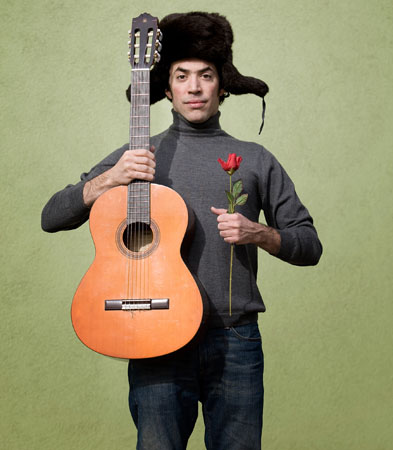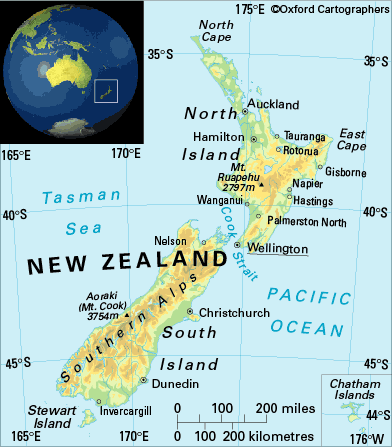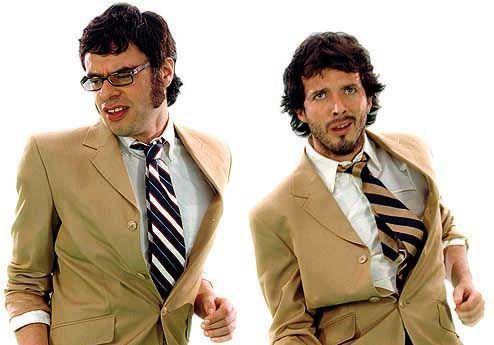 A Country Sound
A Country SoundAustralia has a strong history of folk music, and it became revolutionary in the late 1800s with a genre called "bush band music," which would later become country. This musical style began with convicts who were sent to Australia during the British colonization, and these people would sing mainly of the harsh conditions, using worker slang. Some of these popular songs within the working class include "The Wild Colonial Boy" and "The Drover's Dream."
Going into the 1900s, a huge wave of European immigrant music hit Australia. Celtic, English, German and Scandinavian sounds mixed in with the old ones and created new genres and new musical traditions in the country. The mid- to late 1900s welcomed a folk revival movement. One of the most prominent musicians from this period was Paul Kelly, who sang mostly about the vast and empty landscape of the country.
Country music is actually a major genre in Australian culture, but the Australian country sounds are quite different from the ones heard in America. Australian country has been influenced by folk traditions of the United Kingdom and Celtic folk sounds. Australians typically call country music, which is mainly based on Australian life and culture, bush band music.
Along with bush band music, there are more Americanized forms of Australian country music. This style adopted Western influence and was pioneered in the '30s by Tex Morton and Slim Dusty, who was famous for a song called "A Pub With No Beer."
Americanized country music is still popular in Australia today, and some of it has even seen international success. Musicians like Olivia Newton-John and Keith Urban, for example, got their start in their native Australia and went on to become world-wide stars.
Other genres of music are also quite prominent in Australia, including rock, alternative and electronic. Australia has a rich history in rock music, which became popular in the '50s and closely followed suit with America's rock history. Many Australian musicians and rock bands gained influence from America's Elvis Presley and Little Richard.
Rock bands in Australia in the '60s and '70s pulled influence from The Beatles, and some of the most famous–and even international–acts included Jethro Tull, The Easybeats and The Bee Gees.
 Natalie Imbruglia
Natalie ImbrugliaWhen discussing '90s music in America, Natalie Imbruglia is probably a name that will come up, but it doesn't really venture out of that decade. Well, in Australia it does. Imbruglia, born in Sydney, is probably one of the most prominent pop musicians of the last 20 years.
The musician/actress/model got her start in the early nineties, playing a character on an Australian soap opera called Neighbors. After that gig, she decided to pursue music and dropped her first album, Left of the Middle, in 1998 which included the hit single "Torn."
In her first few weeks as an up-and-coming pop star, Imbruglia's album went platinum, her single was number one on many charts (including Billboard) for multiple months, and her album broke the record of any female pop/alternative/rock artist in its first week.
After her successful debut, Imbruglia released three additional albums, of less notoriety, but she still manages to remain a household name in Australia today.
Other than her music, Imbruglia has also achieved many other successes. The natural beauty has modeled for L'Oreal and Sass and Bide to raise money for cancer research. She is also a strong supporter of many charities, as she is the ambassador for Virgin Unite and has publicly spoken to raise awareness about depression.
In 2004, the star was ranked sixth most naturally beautiful woman of all-time "inside and out," a poll topped by the late actress and icon, Audrey Hepburn.




























